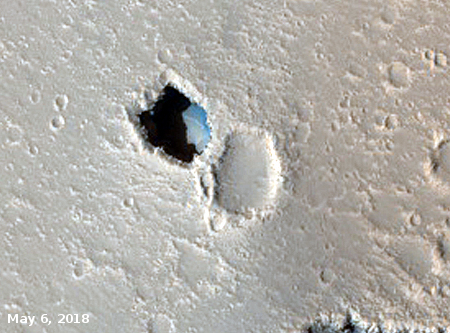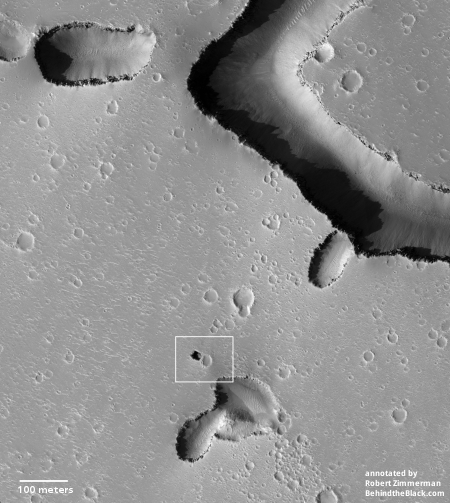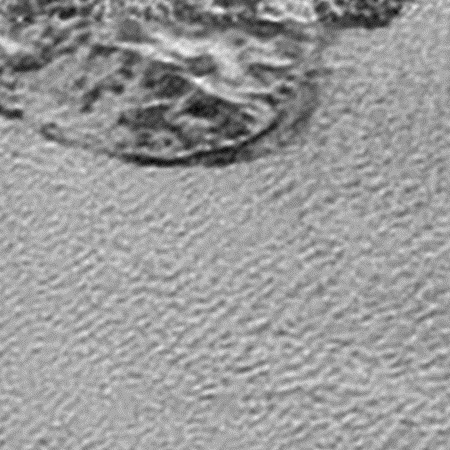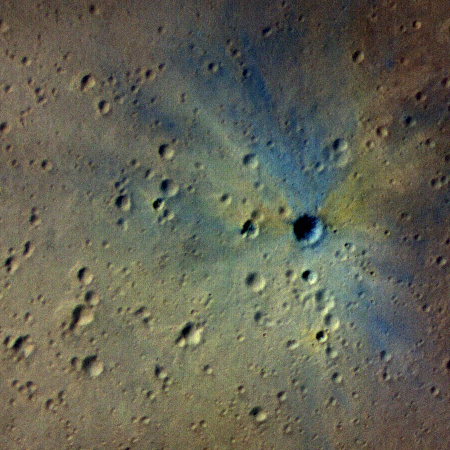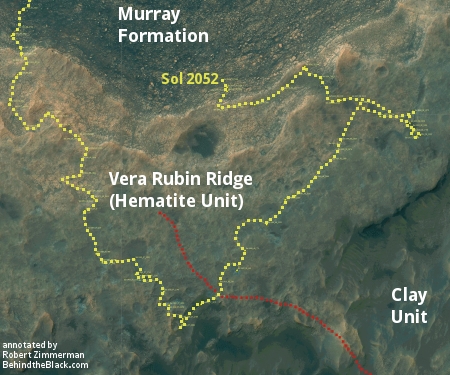The coming dark age: The scientists at the Max Planck Society in Germany have written two letters criticizing the institute for its lack of support and its willingness to bow to animal rights protests.
It appears the scientists have followed all the rules, and have acted reasonably, but the longtime director of one of the Society’s main research divisions, Nikos Logothetis, was still indicted for the death of one monkey.
The struggle began in September 2014, when a German television channel aired footage taken by an undercover animal-welfare activist who had infiltrated Logothetis’s lab, purporting to show mistreatment of research monkeys.
Death threats and insults to Logothetis and his family followed — and in 2015, Logothetis decided to wind down his primate lab and replace it with a rodent facility. Events came to a head on 20 February this year, when Logothetis was indicted for allegedly violating animal-protection laws, after an animal-welfare group made complaints to police on the basis of the 2014 footage. Logothetis denies the charges. A trial date has not yet been set.
…The indictment follows contradictory judgements about Logothetis and his work at the MPI-Biocyb. Immediately after the September 2014 documentary was broadcast, an external specialist appointed by the MPS leadership found no welfare violations at MPI-Biocyb. But two months later, the German Animal Welfare Federation, a non-profit organization in Bonn, filed multiple complaints with police about animals at the institute.
In August last year, a local judge in Tubingen dismissed all but one charge; for that charge, allegedly delaying euthanasia in three rhesus monkeys, the judge offered an out-of-court settlement, which Logothetis accepted. But in October, prosecutors in the state capital, Stuttgart, overturned the settlement decision. They pursued the delayed-euthanasia case against Logothetis and two other staff members, who have not been publicly named, leading to their indictment in February.
Logothetis says that the decisions about whether and when to kill the monkeys, which contracted infections after surgery, were appropriate and complied with the law. Veterinary staff attempted to treat the infections, he says, and two of the monkeys recovered. The third was humanely killed when staff decided that it was unlikely to recover.
Despite this history, the Society’s management has removed Logothetis as director. It has also made the research division he headed persona non grata, causing harm to the other researchers who work there.
In response the scientists have submitted two different letters lambasting the actions of the Society, signed by dozens of its scientists.
MPI-Biocyb scientists take issue with the MPS’s decision to impose these sanctions on Logothetis before the case is considered by a court. “We are very upset that the society is failing to uphold the principle of innocence before guilt is proven,” says neuroscientist Hamid Noori, a junior group leader at MPI-Biocyb. “With this attitude, any activist can attack us freely, without consequence.”
Noori is one of four MPI-Biocyb scientists who spoke to Nature about the situation. Their criticisms are echoed in the two letters: the first, sent in December, was signed by 54 scientists; the second, sent in February, was signed by 94, a majority of those who work with animals at MPI-Biocyb, says Noori. The February letter describes “an extremely distressful situation” that “has seriously compromised our working conditions”.
In other words, even though the evidence strongly indicates that Logothetis followed the rules and did not act with malice towards the primates in his care, the Society has caved to the animal rights protesters.
This is the present, and the future. Someone with an ax to grind, usually from the left, will make a complaint, and everyone will bow to them out of cowardly fear, no matter how baseless or unproven the charge. Science research will stop, free speech will end, and an oppressive shadow will fall upon western civilization.

